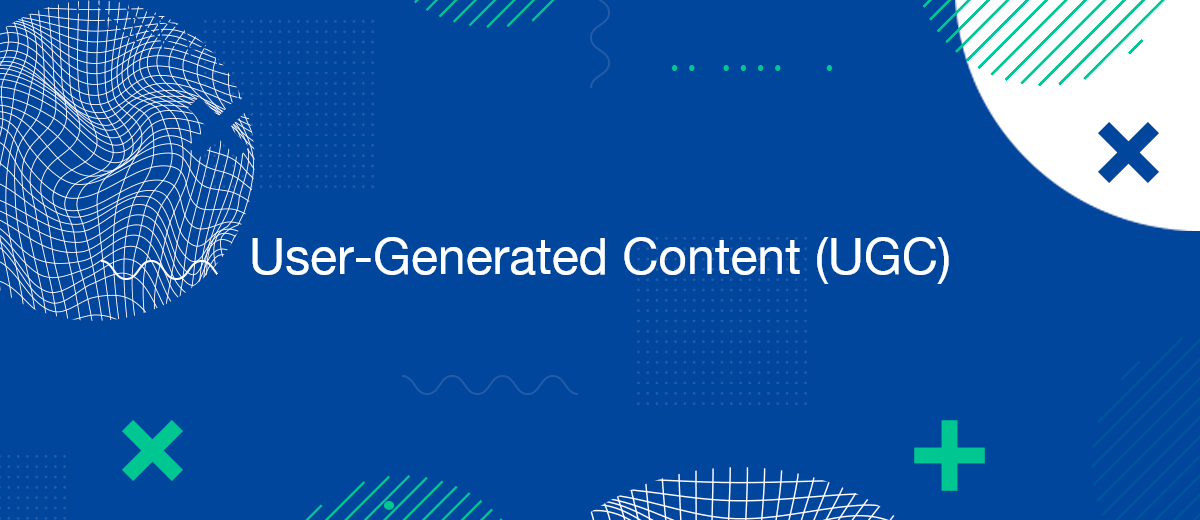In the rapidly evolving digital landscape, an intriguing phenomenon is unfolding: internet users are increasingly becoming active participants in content creation, rather than mere spectators. This transformation is reshaping the way we engage with online media, offering a platform for voices from all corners of the globe to be heard and recognized. This shift not only democratizes content production but also challenges traditional media paradigms, heralding a new era of digital creativity and community-driven storytelling.
The Rise of User-Generated Content
The advent and rise of user-generated content (UGC) mark a significant shift in the digital media landscape. This section delves into how UGC has gained prominence and the factors contributing to its widespread popularity.
- Democratization of Media Tools: The availability of affordable and user-friendly digital tools has democratized content creation. From smartphones with high-quality cameras to simple editing software, these tools have put the power of media creation in everyone's hands.
- Social Media Explosion: Platforms like Facebook, Instagram, TikTok, and YouTube have been instrumental in the rise of UGC. They provide a stage for users to share their creations with a global audience, fostering a community of creators and consumers.
- Shift in Audience Preferences: Modern audiences crave authenticity and relatability in content. UGC, often being more raw and genuine, resonates with viewers more strongly than polished, professional media.
- Influencer Culture: Influencers and micro-influencers, who largely rely on UGC, have become key figures in shaping opinions and trends. Their content feels personal and approachable, drawing in a dedicated following.
- Marketing and Brand Engagement: Many brands have recognized the power of UGC in marketing strategies. They encourage consumers to create content related to their products, leading to increased engagement and a sense of community among users.
The rise of UGC is a testament to the changing dynamics of media consumption and production, signifying a more participative and inclusive digital era.
Impact on Traditional Media
The emergence and proliferation of user-generated content (UGC) has exerted a profound impact on traditional media, reshaping its landscape and influencing its practices. This section explores the various ways in which UGC has affected traditional media channels.
- Changing Content Consumption Patterns: The rise of UGC has led to a shift in audience preferences, with many favoring the authenticity and relatability of content created by peers over polished, professional productions. This shift challenges traditional media to adapt its content strategy to remain relevant.
- Increased Competition for Audience Attention: UGC presents a significant challenge to traditional media outlets in terms of capturing and retaining audience attention. The vast amount of content available on social media and other platforms means that traditional media must innovate to keep their audiences engaged.
- Adaptation and Integration: In response to the UGC revolution, many traditional media entities have started to integrate user-generated content into their own offerings. This can be seen in news outlets using social media posts as sources and TV shows incorporating audience-created content.
- Democratization of News and Information: The rise of UGC has democratized the dissemination of news and information, breaking down barriers to entry for reporting and commentary. This has led to a more diverse range of voices and perspectives but also challenges in ensuring the accuracy and reliability of information.
- Influence on Advertising and Marketing: UGC has also impacted advertising strategies. Brands increasingly rely on user-generated content for marketing, recognizing its power to create more authentic and relatable campaigns. This shift requires traditional media advertising models to evolve, focusing more on collaboration with creators and influencers.
In conclusion, UGC has not only posed challenges to traditional media but also offered opportunities for innovation and evolution, signifying a dynamic and interactive future for media consumption and production.
Benefits for Brands and Businesses

User-generated content (UGC) offers a multitude of advantages for brands and businesses, transforming the way they engage with their audiences and market their products or services. This section delves into the key benefits that UGC provides to the corporate world.
- Enhanced Credibility and Trust: UGC, often perceived as more authentic and genuine than traditional advertising, helps build trust among consumers. When customers see real people using and endorsing a product, it enhances the brand's credibility, leading to increased consumer confidence.
- Cost-Effective Content Creation: Leveraging UGC allows brands to populate their marketing channels with fresh and diverse content at a lower cost compared to professionally produced materials. This approach not only saves resources but also provides a steady stream of content.
- Increased Engagement and Community Building: UGC encourages interaction and engagement, fostering a sense of community among users. When consumers contribute content, they are more likely to feel a personal connection to the brand, enhancing customer loyalty and brand affinity.
- Valuable Consumer Insights: Analyzing UGC can provide businesses with valuable insights into customer preferences, behaviors, and trends—for example, pet UGC reveals how pet owners engage with pet-friendly products and services. This feedback is crucial for tailoring products, services, and marketing strategies to better meet the needs and desires of the target audience.
- Boost in Sales and Conversion Rates: Featuring real customers in marketing efforts can significantly influence purchasing decisions. UGC often results in higher conversion rates as potential customers see proof of product satisfaction from their peers, acting as a powerful form of social proof.
In summary, user-generated content not only serves as an effective marketing tool but also bridges the gap between brands and consumers, fostering a more authentic and engaging relationship. By embracing UGC, brands and businesses can unlock a wealth of benefits, from enhanced trust and community building to invaluable consumer insights and increased sales.
Challenges and Ethical Considerations
Navigating the realm of user-generated content (UGC) is not without its challenges and ethical dilemmas. This section highlights the key issues that brands and businesses must consider when incorporating UGC into their strategies.
- Content Authenticity and Quality Control: One of the primary challenges is ensuring the authenticity and quality of UGC. Brands must vigilantly monitor and verify user contributions to prevent the spread of misinformation or low-quality content that could harm their reputation.
- Intellectual Property Rights: UGC often raises questions about intellectual property and copyright infringement. Brands need to establish clear guidelines and obtain explicit permissions from content creators to use their work, ensuring compliance with legal standards.
- Privacy Concerns: Respecting user privacy is paramount. Brands must be cautious not to infringe upon personal privacy or use UGC in a way that could be seen as an invasion of privacy. Clear communication and obtaining consent are crucial steps in this process.
- Brand Reputation and Crisis Management: UGC can sometimes backfire, leading to negative publicity or a PR crisis. Brands must be prepared with effective crisis management strategies to address any potential issues arising from user-contributed content.
- Diversity and Inclusivity: Ensuring that UGC represents a diverse and inclusive range of voices and perspectives is a significant challenge. Brands must strive to foster an environment where all contributions are valued and represented, avoiding any form of bias or exclusion.
While UGC offers numerous benefits, it also comes with a set of challenges and ethical considerations that require careful navigation. Brands must develop robust strategies to address issues related to content authenticity, intellectual property, privacy, reputation management, and inclusivity to effectively leverage the power of user-generated content.
Conclusion
User-generated content marks a pivotal shift in digital engagement, blending creativity with community voice. While it presents undeniable advantages, like fostering brand authenticity and enhancing audience interaction, it also poses unique challenges, from ethical concerns to content management. As we navigate this evolving landscape, it's crucial to balance innovation with responsibility, ensuring that the empowering essence of user-generated content remains a positive force in the dynamic world of digital communication.
If you use Facebook Lead Ads, then you should know what it means to regularly download CSV files and transfer data to various support services. How many times a day do you check for new leads in your ad account? How often do you transfer data to a CRM system, task manager, email service or Google Sheets? Try using the SaveMyLeads online connector. This is a no-code tool with which anyone can set up integrations for Facebook. Spend just a few minutes and you will receive real-time notifications in the messenger about new leads. Another 5-10 minutes of work in SML, and the data from the FB advertising account will be automatically transferred to the CRM system or Email service. The SaveMyLeads system will do the routine work for you, and you will surely like it.
